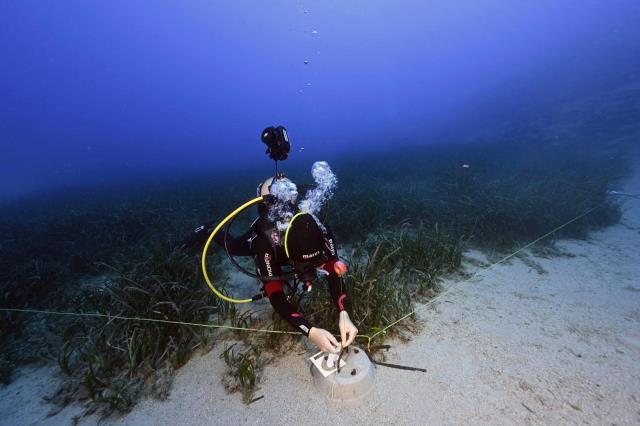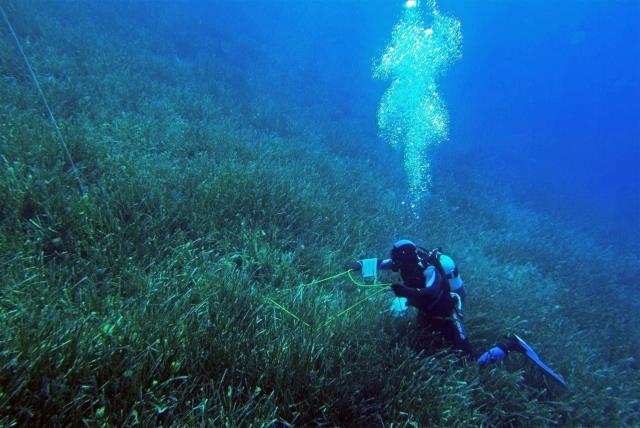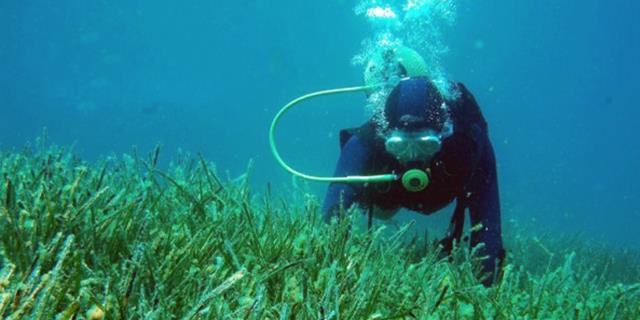The Mediterranean Conservation Society continues the struggle for the continuation of the seagrass meadows, which have the highest carbon consumption among living plant habitats, in the Gulf of Gökova.
Researching durability to climate change
Under the coordination of the Ministry of Environment, Urbanization and Climate Change, the Mediterranean Conservation Society carry out a monitoring study to determine the threat of boat anchor damage on the seagrass, as well as its resilience to global climate change, in the project named Southwest Coasts Marine Ecosystem Restoration.
Work continues at 6 stations
Monitoring stations established in Gökova Bay by international protocols were identified by signs placed at the last borders of seagrass meadows. While information about the meadows was collected once a year by expert divers at 6 stations, the studies began to be documented with photographs. In the data obtained, the density, development, and health status of seagrass meadows are examined. The report, which will be prepared after the works are completed in 2023, will be published in national and international articles.
It spreads on 8 thousand hectares of Muğla coastline
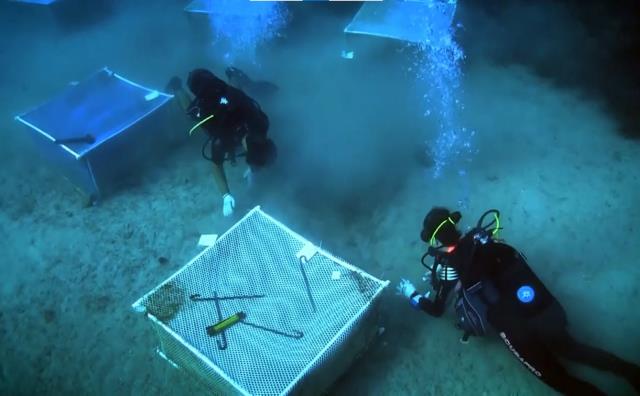
Seagrass meadows, which are decreasing every year to ghost mesh, solid wastes, human-induced destruction, dragging of anchors from boats, and invasive algae, are spreading especially in the Aegean and Mediterranean regions. While the coast of Muğla with an area of 8 thousand hectares is spread in Turkey, there is a spread of seagrass up to 35-40 meters in the Bodrum, Datça, Gökova Gulf, Marmaris, and Fethiye Gulfs in the Muğla region.
Artificially planting seagrass is not possible
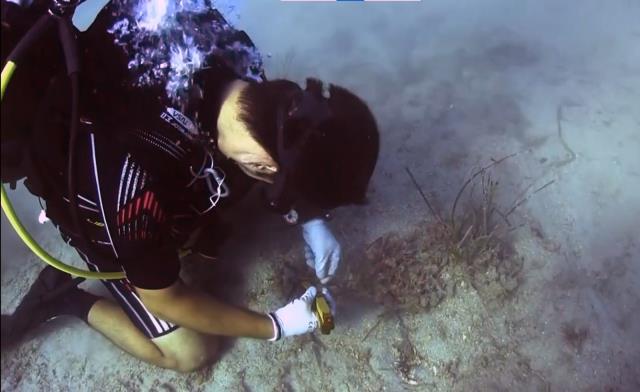
While it was explained that the species called Posidonia Oceanica spreads intensively from the seagrass species in the Aegean and Mediterranean Basins, it was stated that there are flowering plants that are shaped in the form of roots, stems, and leaves on the sea bottoms and that live by clinging to the seabed with their roots and that can produce their food by photosynthesis with the help of sunlight. In addition to being a source of oxygen and nutrients in the seas as a result of photosynthesis, it has been announced that seagrass is one of the most important spawning areas for many fish species that lay their eggs on these plants.
The importance of seagrasses

Of all the plant habitats in the world, the most carbon storage feature belongs to seagrass with 2000 tons/ha. Posidonia oceanica is the most important seagrass species in terms of primary production and as an endemic species native to the Mediterranean, it is only found on the Aegean and Mediterranean coasts. This species is a perennial plant that spreads to a depth of 45 meters on the Mediterranean coast and can live up to 30 years. Their presence is indicative of clean seas.
“Keeps carbon in its roots”

Çağdaş Yaşar, the spokesperson of the Mediterranean Conservation Association, said, “Seagrass meadows are heavily represented by three species in the Mediterranean basin. But most importantly, Posidonia oceanica is a species with a wide distribution on the Aegean and Mediterranean coasts of our country. This species is found on the seabed in the form of roots, stems, and leaves. It lives on the sea bottom with its roots attached. The most important feature of the species is that it keeps the carbon in its roots, that is, does not give it out, thus slowing the pace of climate change. The importance of seagrass meadows is their recovery and recovery over long periods. A seagrass lives 30 years. Scientific studies have also proven that it seems impossible to produce a seagrass from scratch. This species spreads up to 45 meters on the Mediterranean coast and is a perennial plant that can live up to 30 years.
The destruction rate of the population is 90 percent
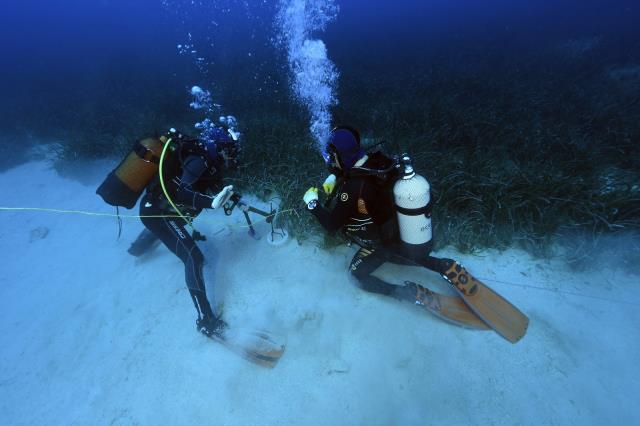
Stating that the destruction rate of seagrass meadows has reached 90 percent, Yaşar said, “Even though it is shown as low risk by the World Nature Conservation Union, there is great destruction in the population. The population destruction rate is also 90 percent. This is a huge rate and a huge amount of data for our seas. Seagrass meadows, which are of such great importance for underwater life, are disappearing primarily due to the anchoring of the boats and the dredging of the seabed. The main reasons for the extinction of the species are the overfeeding of the seawater by the invasive algae species in fish farms, the deterioration of the coasts, and the fact that the citizens in the summer houses and estates are disturbed while swimming. Seagrass meadows do not bother us, on the contrary, they are a species that we have much more conflicts with than forests on land. As the Mediterranean Conservation Society, we carry out cage experiments for the restoration of damaged seagrass habitats, by transplanting species from another environment and planting them. We follow the distribution and development of Posidonia oceanica. “We can add ghost nets and solid waste to those that cause 90 percent of destruction.”
